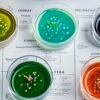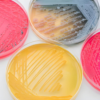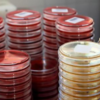Category: Food Hygiene Detection Series
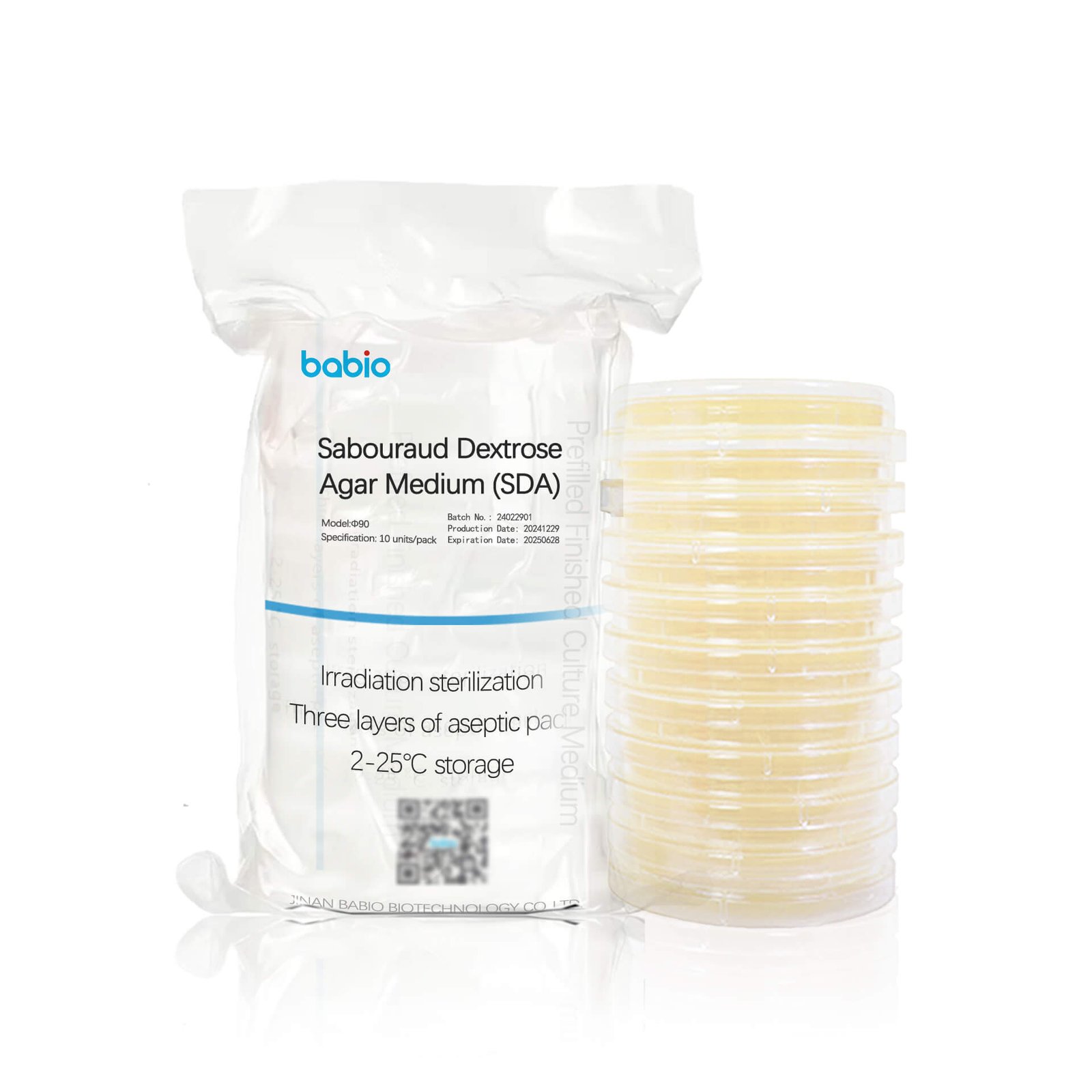
Maximizing Microbial Culture Success with High-Quality Media In the realm of microbiology, the success of microbial culture is the foundation for accurate analysis, efficient research, and reliable industrial production. Whether it’s for detecting foodborne pathogens, monitoring water quality, or conducting pharmaceutical research, the quality of the culture media plays a pivotal role in ensuring consistent

A Comprehensive Guide to Culture Media Series for Laboratory Applications Culture media are foundational to microbiology, cell biology, and diagnostic research. Selecting the right series ensures accurate results, efficient growth, and reliable experimentation. This guide breaks down the different types of culture media, their uses, and best practices for laboratory success. Key Types of Culture

Culture media are indispensable in modern food safety programs, serving as the backbone for detecting harmful pathogens like Salmonella, Listeria monocytogenes, and Escherichia coli. With rising global food safety regulations, laboratories must adopt precise methods to prepare and apply dehydrated (dry powder) culture media effectively. Proper usage not only ensures compliance with stringent standards like

Introduction: Why Compliance Culture Media is Indispensable In the food and cosmetic industries, compliance culture media forms the backbone of safety testing. This specialized media is not merely a laboratory tool—it is a regulatory requirement, a safeguard against contamination, and a critical factor in maintaining consumer trust. From detecting deadly pathogens in ready-to-eat meals to
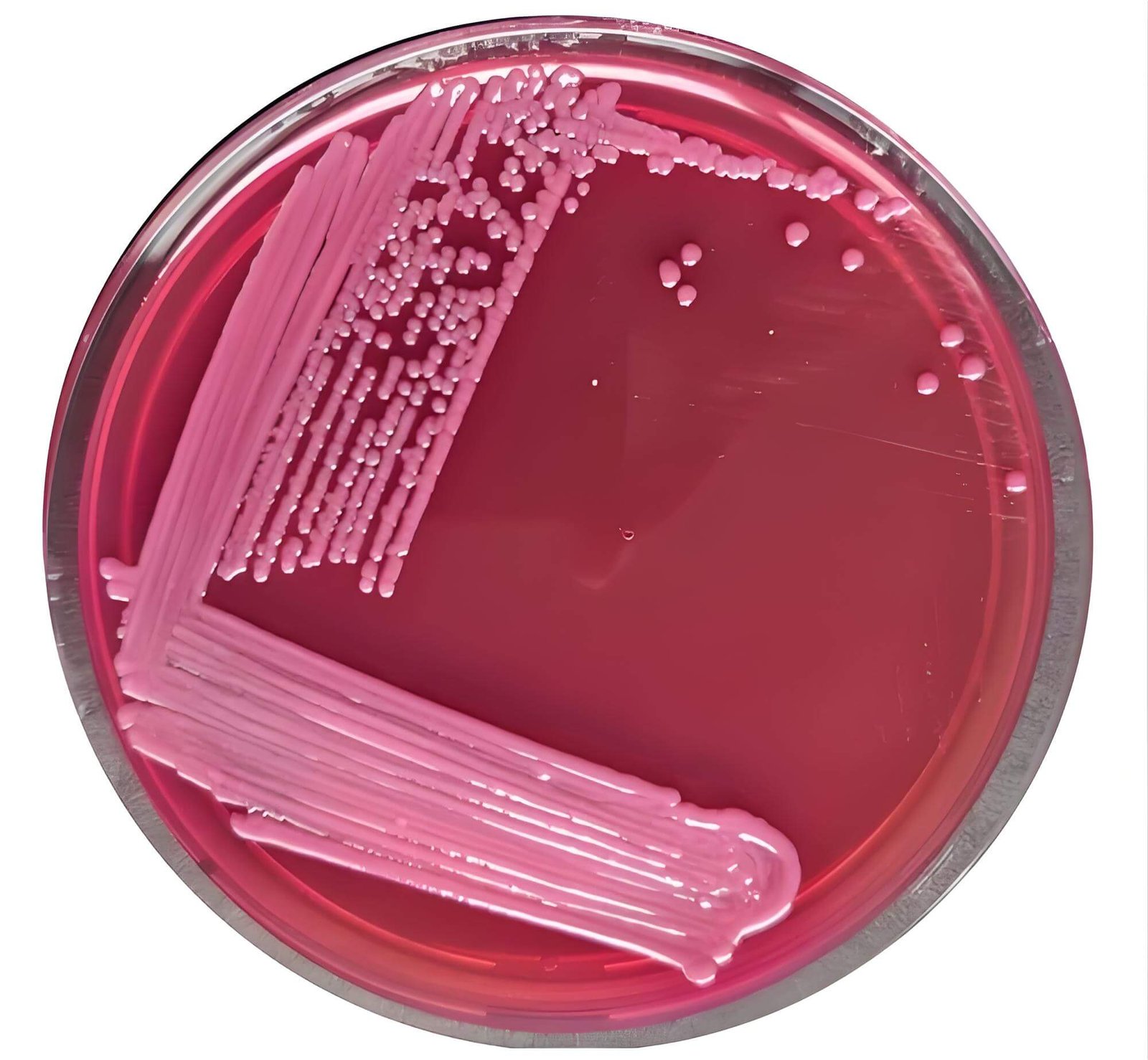
In today’s food industry, ensuring hygiene standards and preventing contamination is crucial. The use of high-quality culture media in food hygiene testing plays a pivotal role in ensuring that food products are free from harmful pathogens. This article explores why high-quality culture media is essential for accurate microbial detection, the benefits it provides in food
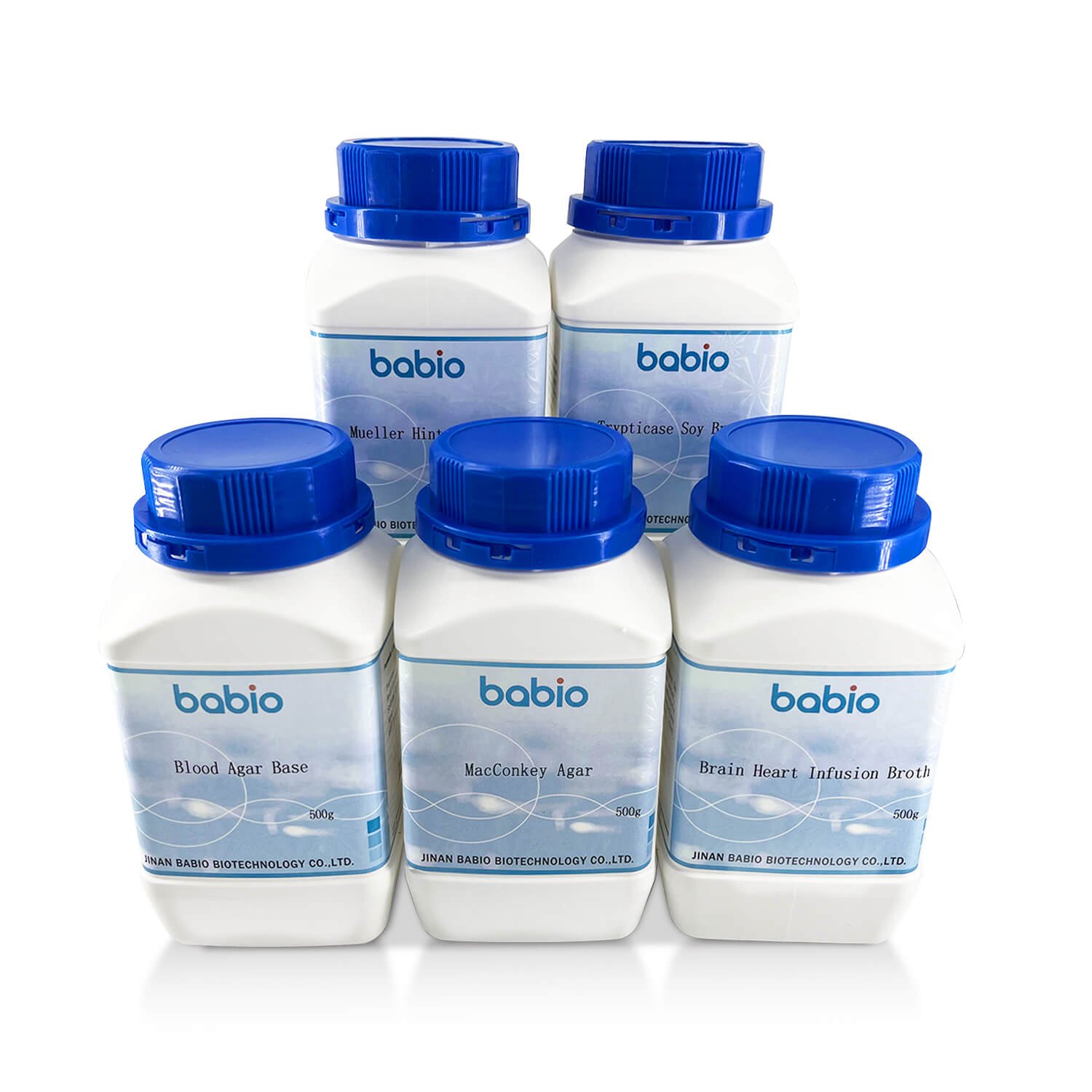
Introduction: Ensure Accuracy in Food Hygiene Testing with Dry Powder Media In today’s rapidly evolving food safety industry, reliable and efficient testing is crucial. Laboratories and researchers require media that not only offer accuracy but also consistency in their results. Dry powder media is becoming the go-to solution for food hygiene testing due to its
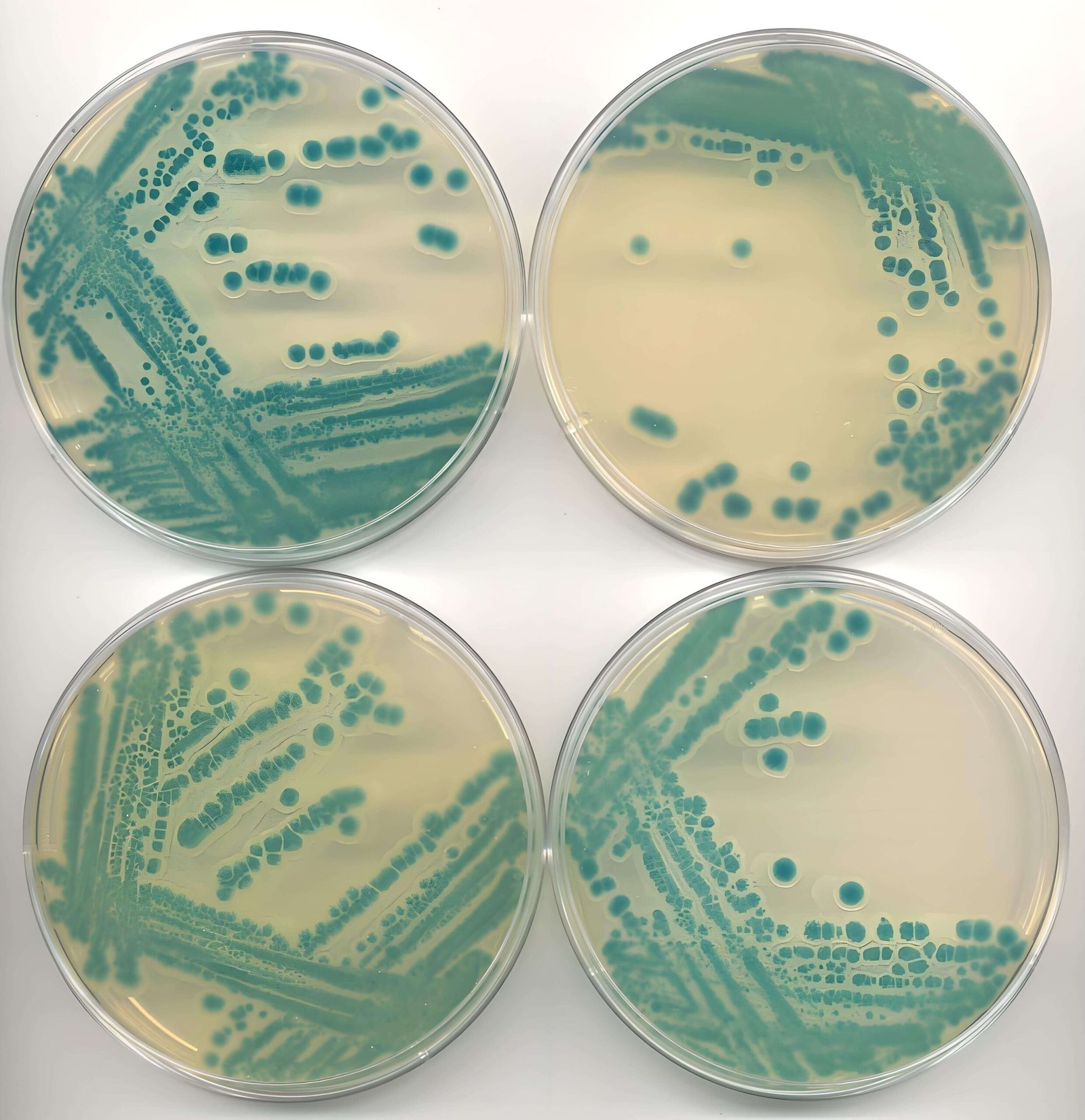
Food safety detection is one of the highest priorities for both consumers and the food industry. Contaminants like bacteria, fungi, and viruses can make food products dangerous for consumption, leading to outbreaks, recalls, and health risks. Ensuring food hygiene through reliable detection methods is essential, and one of the most effective ways to monitor contamination
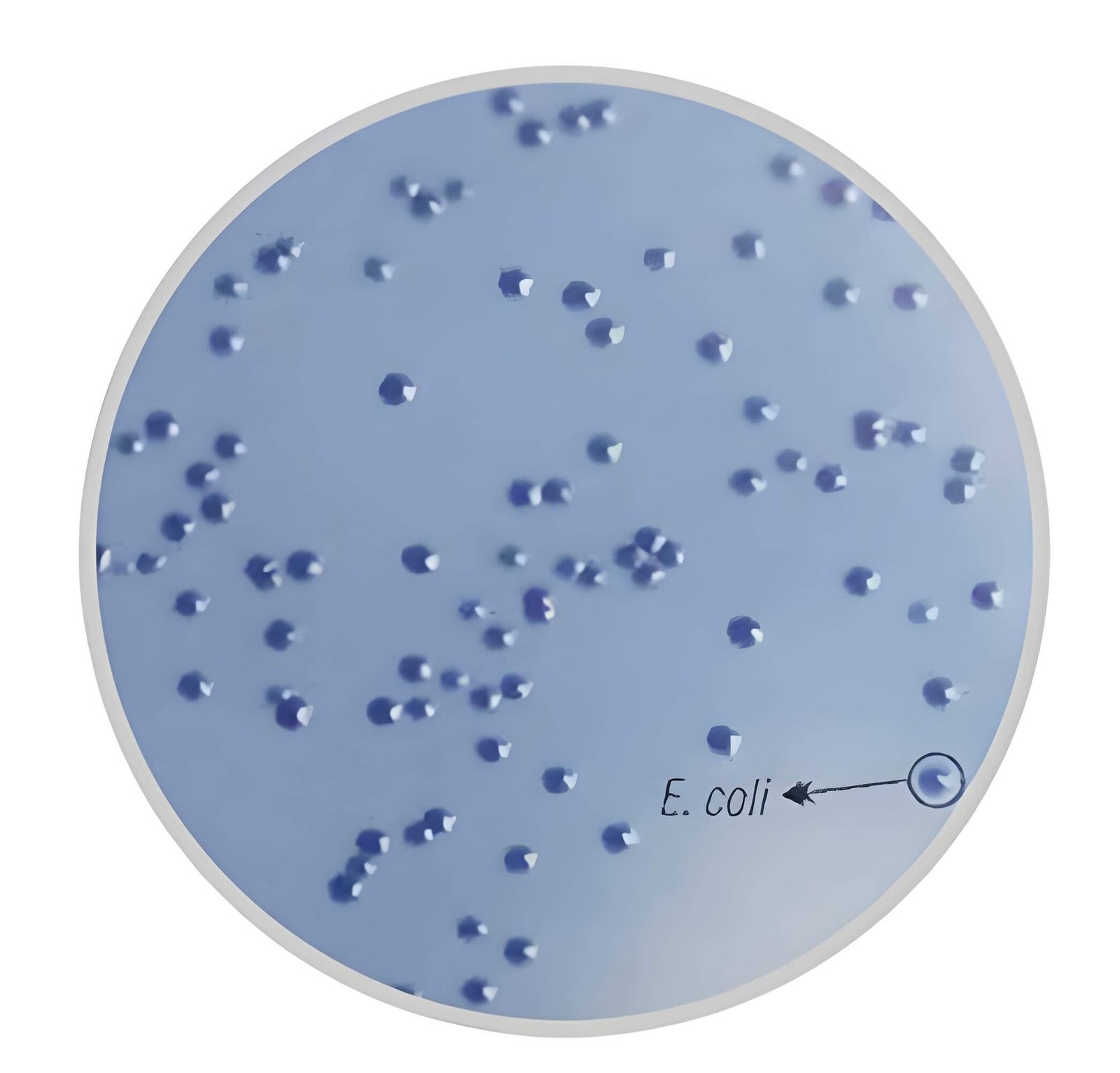
Reasons for Sterilization Filter Failure in Culture Media & Solutions Sterilization by filtration is widely used for culture media that contain heat-sensitive components, such as certain antibiotics. Compared to autoclaving, filtration sterilization preserves the nutritional integrity of culture media, preventing sugar degradation or caramelization. This method is particularly effective in applications like simulated filling trials.
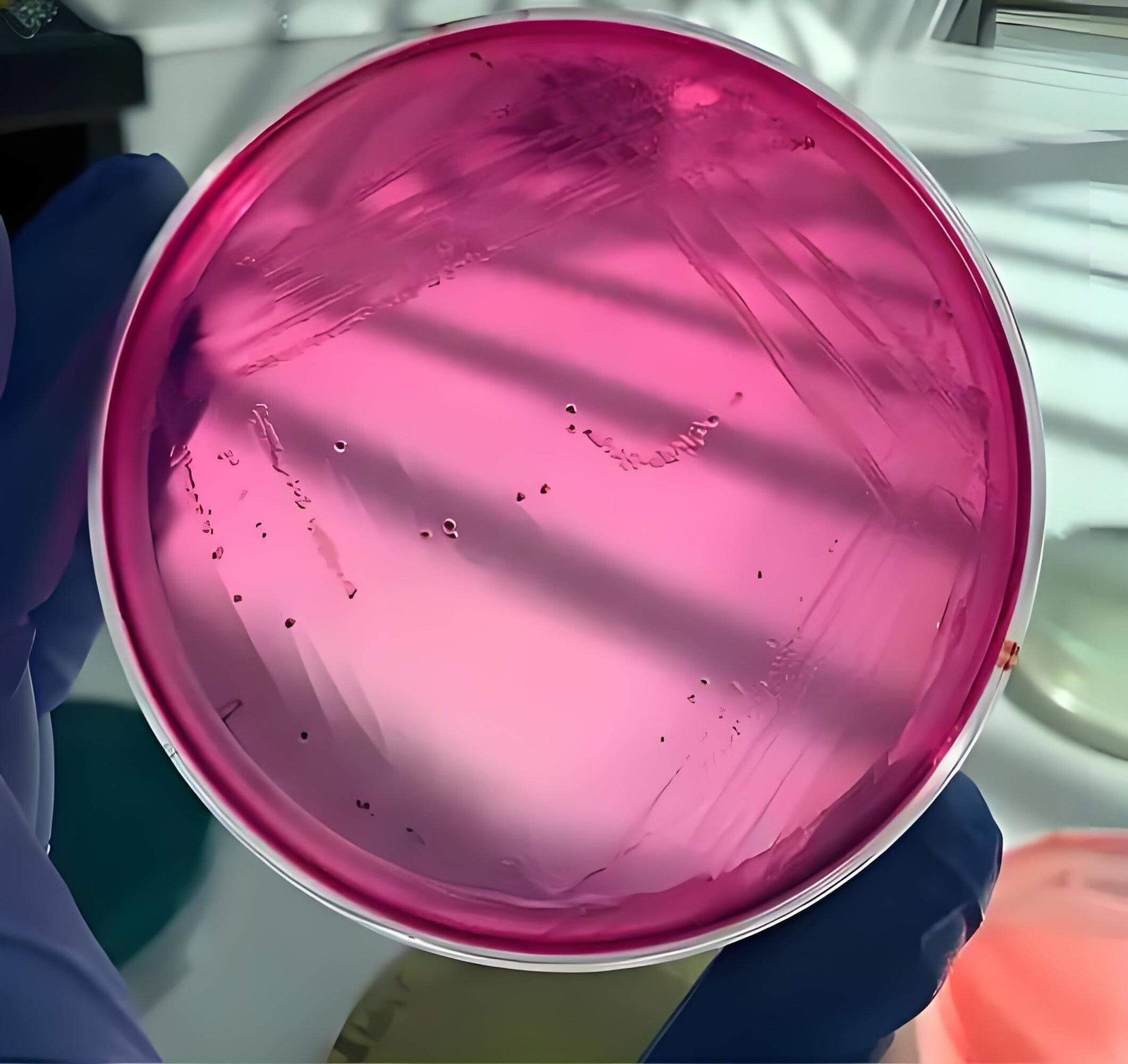
The accuracy and efficiency of microbial detection are crucial in food safety, water quality, and healthcare diagnostics. As technology advances, microbiology laboratories are increasingly shifting from conventional media to chromogenic media for faster, more reliable results. This article explores the differences between conventional and chromogenic media, focusing on how Babio’s chromogenic media enhance pathogen detection
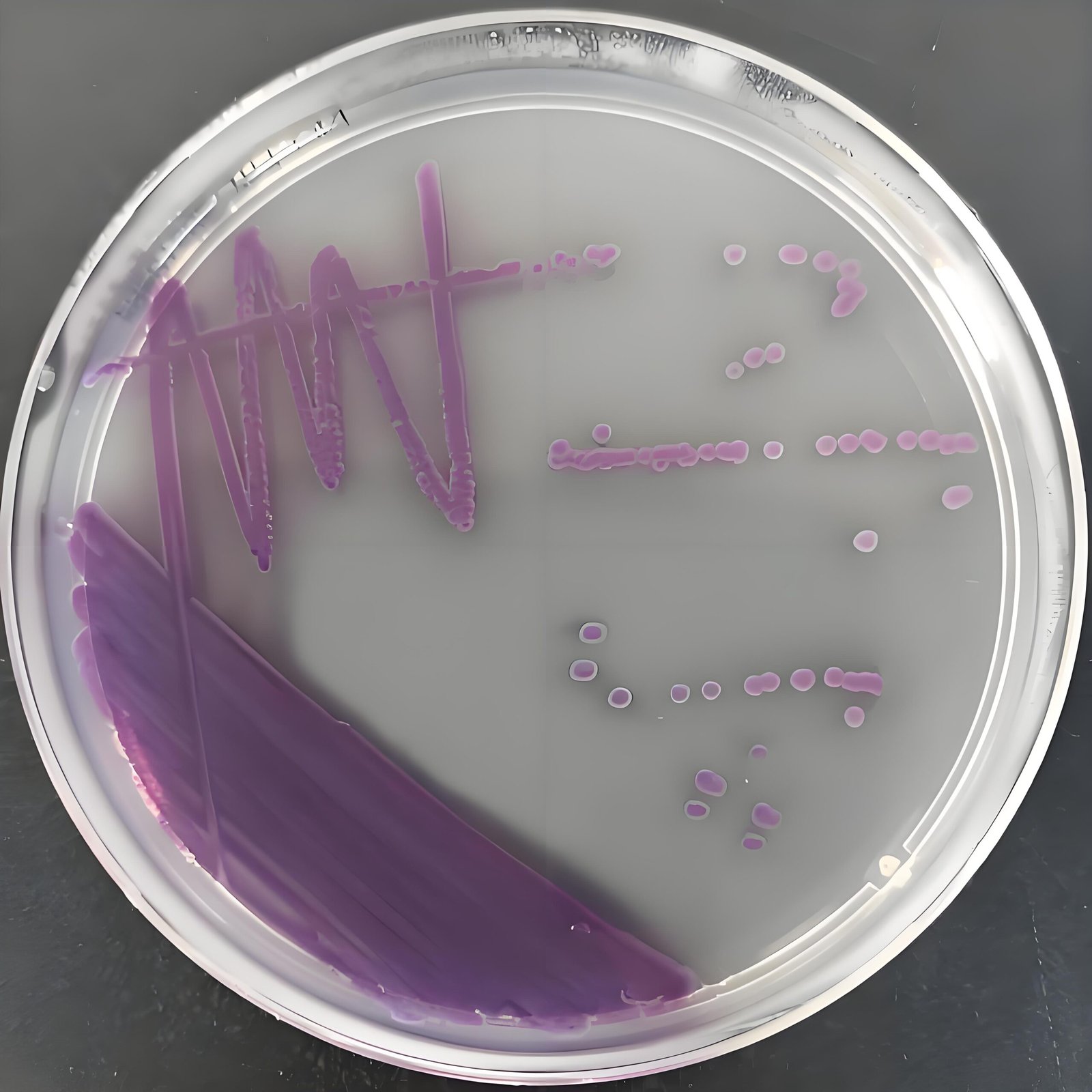
Ensuring the safety and hygiene of food, water, and clinical samples is critical in today’s world. Reliable and rapid pathogen detection methods are essential for maintaining high safety standards. Babio’s chromogenic media have been developed specifically to streamline pathogen identification, allowing for quick and precise detection based on distinct color changes. This article explores how
- 1
- 2
Recent Posts
- Breaking Down the Role of Culture Media in Pharmaceutical Research
- A Guide to Using Culture Media for Strict European Cosmetic Safety Compliance
- The Role of Culture Media in Ensuring Accurate Cosmetic Microbial Testing
- Transport Media and Their Role in Microbial Sample Transport
- How Culture Media Impact the Precision of Cosmetic Microbial Testing

